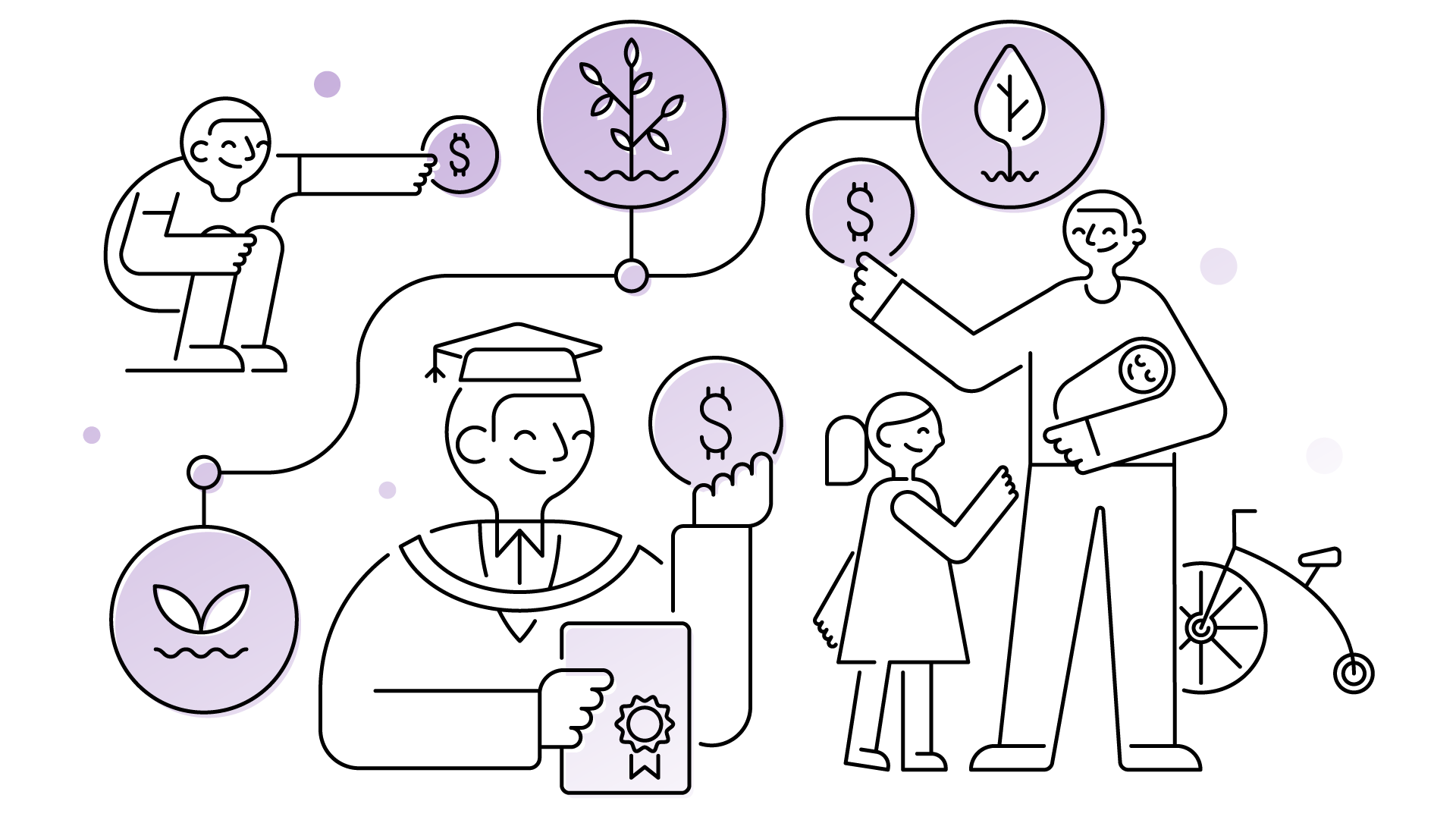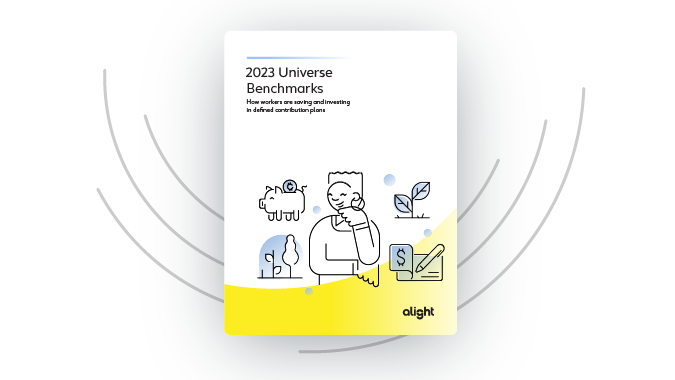
Our 2023 Universe Benchmarks report is the latest in a long line of annual reports that illustrate how workers are saving and investing in defined contribution (DC) plans. This year’s version features data from nearly 100 plans covering three million eligible participants. It highlights the most common benchmarking statistics, including plan participation rates, savings rates, balances, investment and trading activity and distributions from accounts (e.g., loans, withdrawals, cash-outs and rollovers).
A volatile stock market combined with record inflation to shake people’s economic confidence. Yet 2022 wasn’t a lost year for workers in defined contribution plans. While plan balances, contribution rates and other key measures were trending in the wrong direction, trading activity remained basically the same as in prior years. Even more noteworthy, most participants resisted the temptation to make knee-jerk reactions when it came to their investments. With inflation rates falling and people continuing the return to pre-pandemic life, it will be interesting to see if workers return to saving at higher rates.
See the highlights below and download the full report for detailed insights on workers’ behaviors in DC plans.
As inflation soared, DC plan balances decreased.
Participation and contribution rates declined.

Yet there was clearly a silver lining.

Deeper insights by age, gender, tenure and industry are available by request.
Looking for more insights from Alight’s Universe Benchmarks report?
Please fill out the form to download the latest observations.
